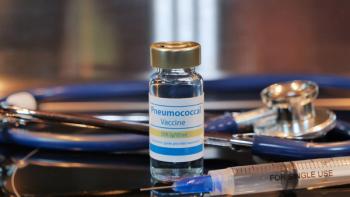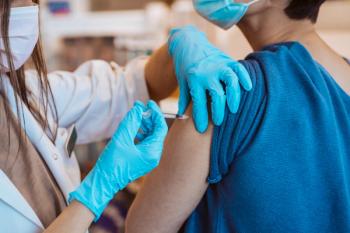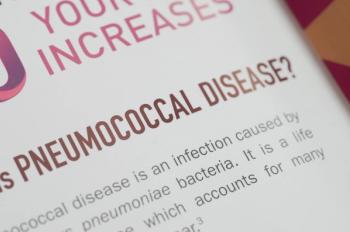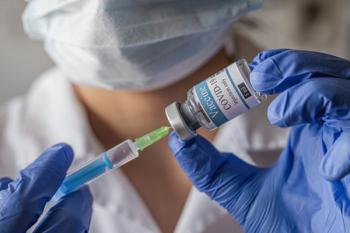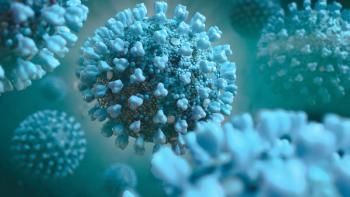
Risk Factors for Developing Shingles
Age, gender, race, and general health make the list of potential risk factors for shingles.
Virtually every person born prior to 1980 in the United States was infected with the highly contagious varicella zoster virus (VZV) before an effective vaccine was available. The virus causes varicella (chickenpox) and then settles into the dorsal root ganglia, where it remains dormant for decades before
There are various factors, however, that increase an individual’s risk for shingles. Some are related to a decline in VZV-specific immunity, but there are other reasons as well, including:
- Age. The chances of developing herpes zoster and associated complications, including
postherpetic neuralgia andvision loss , increase considerably after the age of 50. This is due to a normal decline in a person’s immune system that occurs throughout the aging process. The risk of shingles continues to increase with each passing decade. For example, whereas about 1 in 3 Americans experience shingles during their lifetime, that ratio rises to 1 in 2 among people age 80 and older. - Gender.
Women are more likely to develop shingles than men, with pregnant and menopausal women being most vulnerable. Although the exact reason for this is not known, it’s thought to be related to normal hormonal changes that occur during the aforementioned periods in a women’s life, which affect the immune response. - Race. Shingles is more common in people of non-Hispanic white ancestry than in those of African American ancestry. According to the CDC, herpes zoster is at least 50% less common in Blacks than in whites. One
study concluded that elderly Blacks were up to 75% less likely to develop herpes zoster than elderly whites.1 - Health. Certain medical conditions and medications that suppress an individual’s immune system can make them more susceptible to shingles. For example, patients with
cancer (particularly leukemia and lymphoma) or HIV, as well as bone marrow and solid organ transplant recipients are at greater risk. Immunosuppressive medications like steroids, chemotherapy, and those related to organ transplants also increase an individual’s chances of developing shingles. People with suppressed or compromised immune systems are also more likely to develop a form of shingles calleddisseminated zoster . Additionally, the risk is higher forindividuals with diabetes and those withinflammatory bowel disease .
Vaccination is the best way to reduce the chances of developing shingles.
Approved by the FDA in 2017 for people age 50 and over, Shingrix is a nonliving vaccine made of a virus component. It is administered in 2 doses given 2 to 6 months apart.
Shingrix offers protection against shingles for more than 5 years and has proven to be over 90% effective across all target age groups. It has also been shown to reduce the length and severity of the infection, and lower the risk of complications.
Zostavax, the first available shingles vaccine, was
References:
- Schmader K, George LK, Burchett BM, Hamilton JD, Pieper CF. Race and stress incidence of herpes zoster in older adults. Journal of the American Geriatrics Society. 1998. doi:
10.1111/j.1532-5415.1998.tb02751.x - CDC. Frequently Asked Questions About Shingrix. Page last reviewed March 26, 2018. Accessed August 10, 2020. https://www.cdc.gov/vaccines/vpd/shingles/hcp/shingrix/faqs.html#:~:text=Frequently%20Asked%20Questions%20About%20Shingrix,-Related%20Pages&text=Shingrix%20is%20the%20preferred%20shingles,dose%20as%20soon%20as%20possible.
Newsletter
Pharmacy practice is always changing. Stay ahead of the curve with the Drug Topics newsletter and get the latest drug information, industry trends, and patient care tips.

